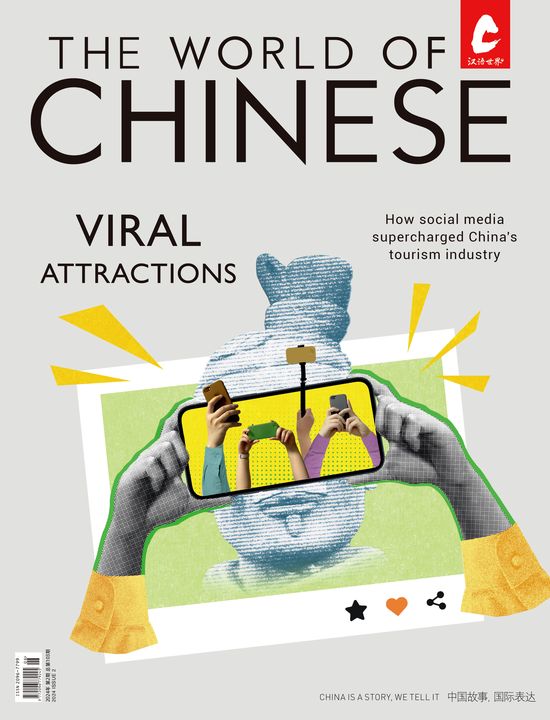“Chifa,” a cuisine developed by Chinese immigrants to Peru, is comfort food for Peruvians across the world
You are what you eat they say, and, “I knew we were huaqiao,” restaurant-owner Maria Esther Chía says in English, using the Chinese term for “overseas Chinese.” “But I just thought of myself as Peruvian.”
The same can be said of the chifa cuisine, which was among the many dishes she served at Pachapapi, the Peruvian restaurant she used to own in Beijing’s bustling Chaoyang district. Like Chía, chifa has a complicated identity rooted in China, but is also a comfort food to Peruvians and a connection to the old country for the nation’s Chinese diaspora.
The word chifa has been theorized to come from sik faan (食饭, to eat a meal) or ci faan (饎饭, to cook a meal) in Cantonese. In Peru it’s a culinary tradition that fuses southern Chinese flavors and techniques with Peruvian ingredients and twists.
Despite its foreign origin, it is considered by Peruvians as part of their own identity. “My father said you cannot find the flavor of chifa outside of Peru,” says Cesar Chang, a third-generation Chinese Peruvian chef who moved from his hometown Lima, Peru, to the US in 2002. “I’ve been looking around Chinese restaurants in the United States, but I just don’t get the flavor of Lima Chinatown which I grew up with.”
“It was a ritual for us,” agrees Chris, a member of a Peruvian immigrant family who was born and raised in Illinois, and wanted to be identified by his first name only. Though the family doesn’t have Chinese heritage, they visited a Chinese buffet every Sunday when Chris was growing up, just as they did back in Peru, showing up as a group of 10 to 15 and filling the small family-run establishment with Spanish chatter. “We went almost every Sunday after church, and grandpa always paid the bill.” he recalls with warmth in his voice, “In keeping with our family’s tradition in Peru, we called it ‘going to chifa.’”
The evolution of chifa can be traced back to 1849, when the first influx of Chinese immigrants, over 100,000 males from southern China aged between 9 and 40, began to arrive in Peru as indentured servants, working in cotton and sugarcane fields to replace emancipated African slaves. The work was fraught with abuses like corporal punishment, withheld pay, and employers who made excuses to keep laborers beyond their four-to-eight-year contracts. Chinese who resisted, such as in one uprising in 1870, were violently crushed by armed Peruvian guards.
Create a free account to keep reading up to 10 free articles each month
Introducing Chifa, Peru’s Chinese Culinary Tradition is a story from our issue, “Sports for All.” To read the entire issue, become a subscriber and receive the full magazine.













